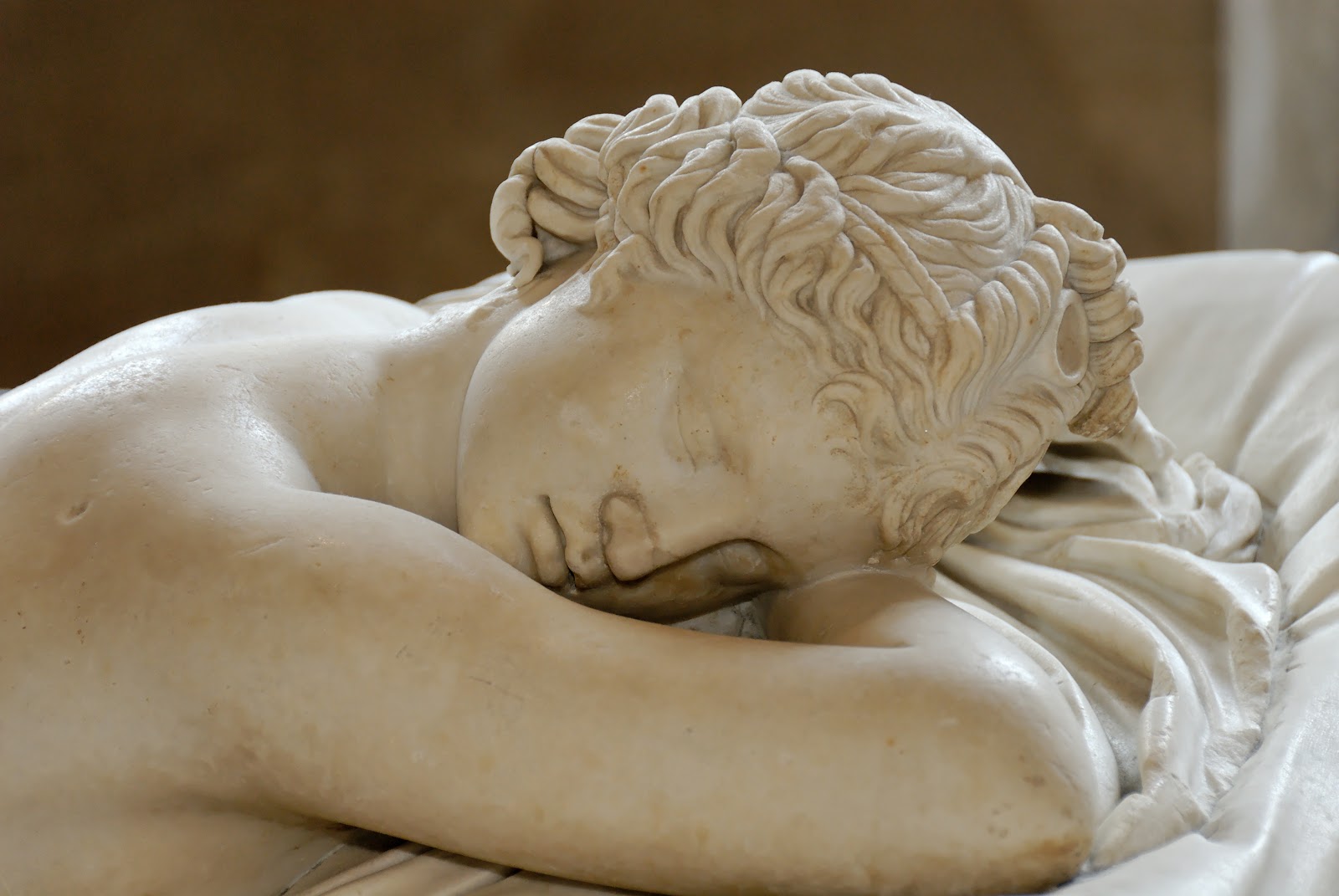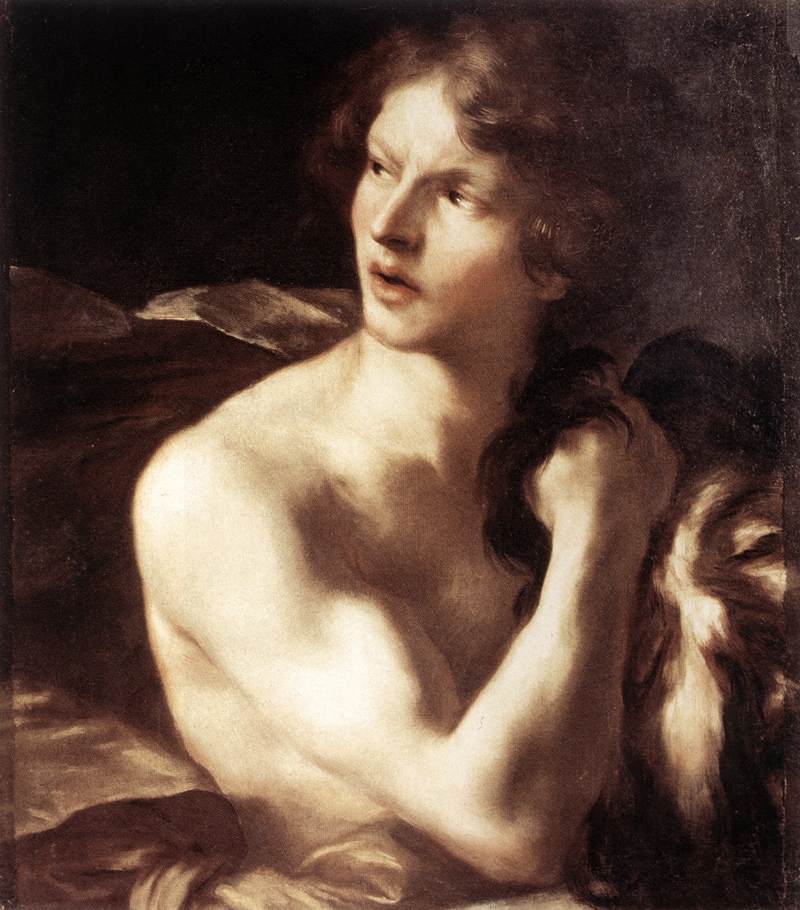Arturo Martini, (1889, Treviso - 1947, Milan), Italian sculptor and painter who was active between the World Wars.
He is known for figurative sculptures executed in a wide variety of styles and materials.
Martini was trained in goldsmithing and in ceramics and worked for a time as a potter.
In 1905 he began sculpting; he attended art classes in Italy at Treviso and Venice before traveling to Munich, Germany, where he studied under the academic sculptor Adolf von Hildebrand in 1909.













.jpg)
.jpg)

























